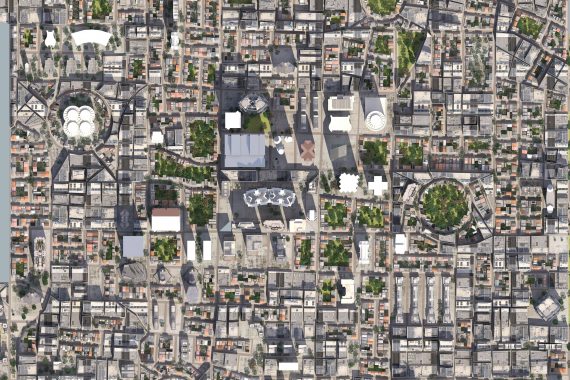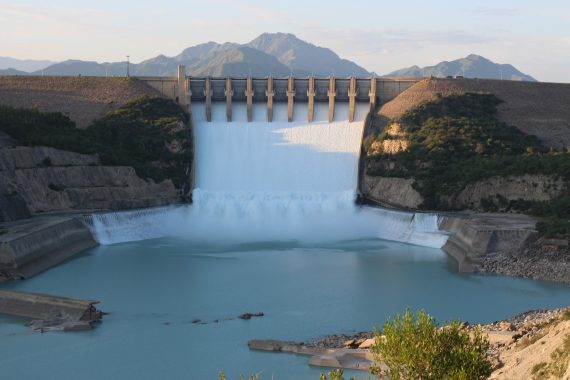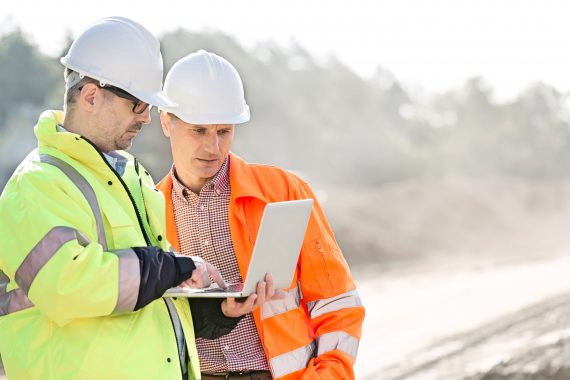Building Code Compliance
Seismic monitoring systems provide data and information on the behavior of buildings leading to improved understanding and better design codes. For these reasons, many municipalities (e.g., City of Los Angeles in California) require seismic instrumentation or offer benefits such as reduced post-event inspection requirements (e.g., Building Occupancy Resumption Program or BORP in San Francisco, California).
Learn More







